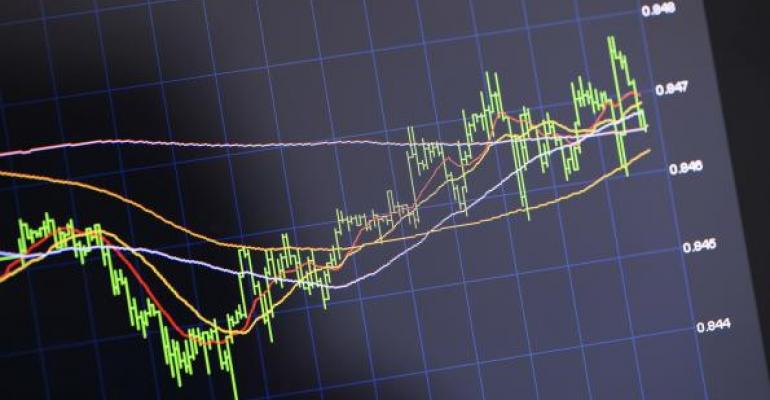Long/short funds are often subsumed into the hedged equity category. That’s a serious taxonomic goof. In reality, there may be very little hedge value in such portfolios. We re-learned learned this lesson in the recent selloff when the S&P Volatility Index (VIX) nearly doubled overnight.
Long/short portfolios seek to exploit performance disparities between the stocks bought and those sold. If you consider their beta coefficients, you’d see that these funds typically maintain a net long exposure to the market. Beta may be attenuated, but it’s still long. These funds, by and large, aren’t market-neutral.
Let me explain …
There are 38 products – mutual funds and exchange-traded – readily identifiable as long/short strategies, worth about $19.8 billion. Here’s how they fared over the last month:
Market Weighted Performance (3-Aug-15 through 3-Sep-15)
| Return (%) | Volatility (%) | r2 | Beta | Alpha | |
|---|---|---|---|---|---|
| Long-Short Funds | -3.04 | 14.73 | 86.99 | 42.31 | 0.24 |
| S&P 500 | -7.00 | 28.00 | -- | -- | -- |
What can we glean from these numbers? Well, first and foremost, how much the long/short portfolios are driven by the broad equity market. Just look at the r-squared (r2) coefficient. Fully 87 percent of long/short funds’ price movements can be explained by variations in the S&P 500.
It’s the degree of price movement that’s different. With a collective beta around 42, long/short products are “less long,” rather than “not long.”
Now look at the alpha coefficient. For their effort, long/short products managed to outperform, to a small degree, the broad market. If there was anything neutral about these products, it was their market-weighted Sharpe ratio for the period – 0.00 — versus -0.25 for the S&P 500.
These are market-weighted numbers, so they’re skewed toward the performance of category behemoths Boston Partners Long/Short Research Institutional Fund (OTC: BPIRX) and the Diamond Hill Long/Short “A” Fund (OTC: DIAMX) which together take up 57 percent of the category’s real estate.
There’s a significant degree of variance, however, within the long/short segment. At the extremes are the Boston Partners Global Long/Short Fund (OTC: BPLSX) and the Catalyst Insider Long/Short Fund (OTC: CIAAX).
BPSLX, the best performer, is a value play, long an overweighted flight of “cheap” (low-P/E and low P/B) issues while short stocks deemed overvalued.
The laggard is CIAAX which, for its part, purchases stocks with insider buying and shorts the issues insiders are selling.
Market Weighted Performance (3-Aug-15 through 3-Sep-15)
| Return (%) | Volatility (%) | r2 | Beta | Alpha | |
|---|---|---|---|---|---|
| BPSLX | 2.26 | 10.80 | 11.27 | 12.38 | 3.08 |
| CIAAX | -13.44 | 24.78 | 0.26 | 4.31 | -13.19 |
Comparative Performance (3-Aug-15 through 3-Sep-15)

And the take-away from all this?
First, not all long/short products are alike. Some trade in valuations, others in insider dealings. Still others are sector plays. It’s important for investors to know what they’re getting themselves into when they buy these things. They’re not going to behave the same way in a volatility shock.
Second, long/short funds can’t be counted on to insulate investors from volatility. Their aim, after all, is to exploit an anomaly. Some, like BPSLX and CIAAX, may attempt to neutralize the market’s influence (as evidenced by their low r2 and beta coefficients), but they still represent equity exposure.
A final note: One month’s performance shouldn’t be taken as an exemplar for the future. Buying (or selling) a fund on the basis of such short-term returns usually results in disappointment.
Brad Zigler is REP./WealthManagement's Alternative Investments Editor. Previously, he was the head of marketing, research and education for the Pacific Exchange's (now NYSE Arca) option market and the iShares complex of exchange traded funds.





